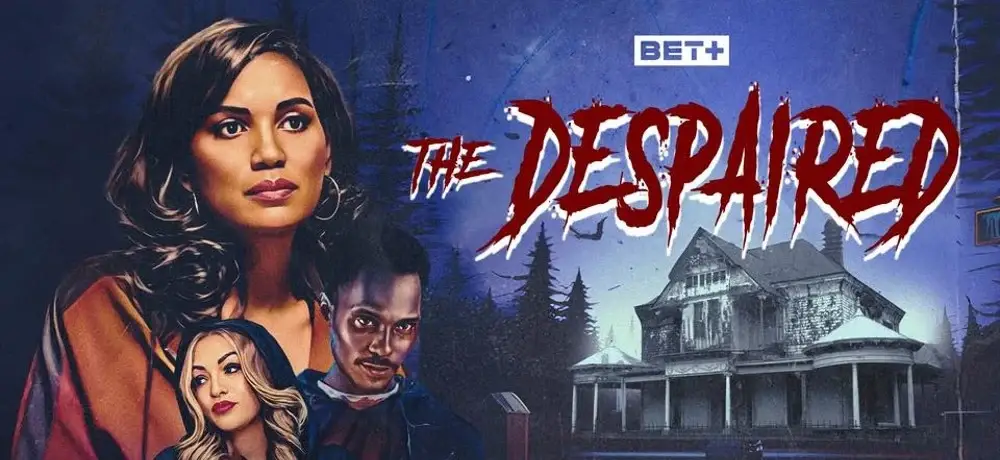Living with Alopecia Areata: I Am 25, And I Have Had The Disease For Over 10 Years

Alopecia areata is an autoimmune disorder that causes hair loss on any part of your body but typically affects the head and face. The condition occurs when the immune system attacks hair follicles. The disease affects approximately seven million people, including Jessalyn Lopez; this is her story.
I was around 11 years old and in the sixth grade when I started losing hair. I remember my mom asking me if I got into a fight at school because she noticed I had a big bald spot on the back of my head. I also started finding hair on my pillow, which I collected to track how much I was losing. I associated baldness with cancer and didn't know that cancer patients lose their hair from chemo. So I thought I had cancer and was dying. Eventually, my mom took me to the doctor, and I was diagnosed with alopecia areata.
We were referred to a dermatologist, and my condition was treated unsuccessfully with topical creams and foams. Eventually, I was given shots in my head. It would be close to 30 injections all over my head. I did that periodically for about a year. It was very painful. I would cry during my appointments. My mom suffered with me. I didn't see much improvement. Eventually, I told my mom I didn't want to do it anymore. I didn't care if my hair grew back.
Trying to adjust took some time. My hair fell out in patches, and I would wear hats to cover up the bald spots and when the hats were no longer able to hide my bald spots, we decided to shave all of my hair off. When I went completely bald, I started using scarves. I wore those for about a year or two, then tried wigs. School was difficult because teachers didn't understand why I wore hats until my mom explained my condition. Even a kid in school tried to rip my wig off. It was embarrassing.
I explained to my close friends exactly what was going on with me. They were kind to me. I appreciate the friends I had back then. They were definitely there for me. However, other kids didn't understand. It was tough to deal with. I didn't know how to handle what I was going through, and the kids around me didn't either. Not everyone has compassion, and kids don't always know how to have that kind of compassion for certain things. I was definitely picked on a lot, and I struggled with my self-appearance for a long time.
At around 18, right after high school, I got tired of being unable to be me. So, I started showing myself more and started explaining to people what my condition was like. I began educating others because for those going through what I’ve gone through I want you to know that is this is just part of who you are. And just because hair is part of the social norm doesn't mean you’re not beautiful. Your hair doesn't define you.
Every now and then, some hair will return in patches, but right now, it is dormant. Stress is also a big factor from what I know about alopecia. For a few years I didn’t like myself and I didn’t think anyone would like me. But I have worked on my self esteem. At 25, I know that having alopecia has strengthened me because I've dealt with it a lot. Having the condition has helped me to grow.





